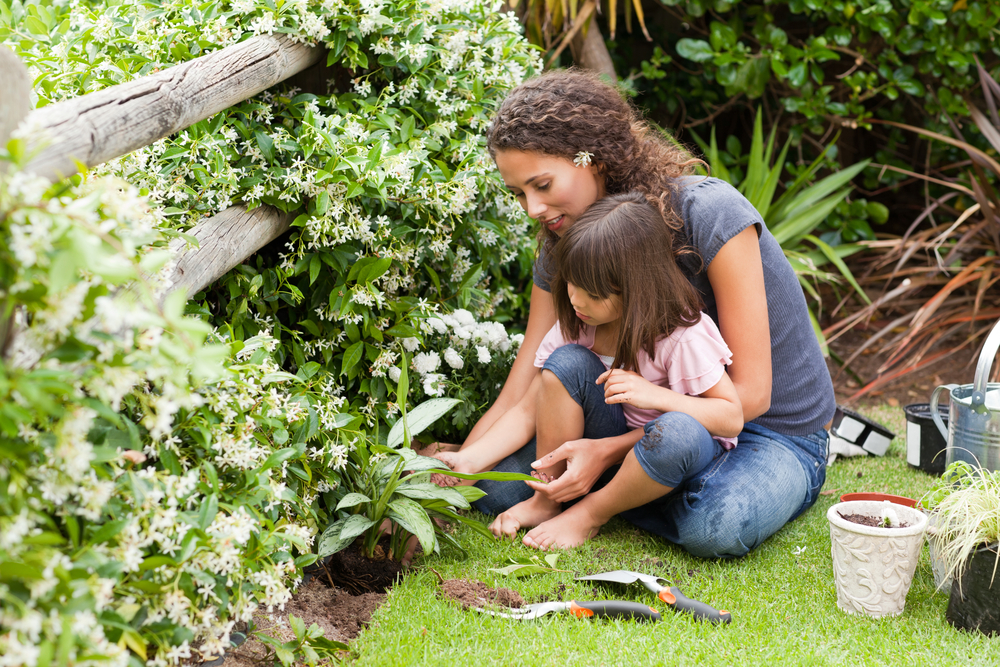
Greetings and Welcome to the last week of the OSU Family Food and Garden Club.
We want to hear how you enjoyed the program! Please spend a few minutes completing this end of program survey.
If you are loving growing plants and exploring new recipes as a family and would like to experience harvesting food on a farm please consider joining the Youth Education volunteer program offered on Thursday mornings July 9- 30 at Raptor Creek Farm.
This program is free for youth in grades 3-5 when accompanied by a parent or guardian.
Each week your family will leave with a harvest of fresh produce and new recipes to try at home. Our friends at Raptor Creek Farm explain harvest time and how to be involved in the Youth Education volunteer program in this video:
Josephine County Food Bank, AllCare Health, and OSU Extension Farm to School are sponsors. This is an opportunity to provide community service as a family and learn more about growing and eating healthy produce! To register for the 4 sessions, call Josephine County Foodbank @ 541-479-5556. Space is limited.
OSU Farm to School Growers Market $10 gift certificate will be available this Saturday, July 4 and Saturday, July 11 to pick up at the market. All families who registered and received activity kits are eligible for a gift certificate.

Bring your OSU Food Hero grocery bag and stop by the Growers Market Manager booth between 9-12:30 am to pick up your gift certificate. You can use it right away to purchase fresh local produce then go home and make your favorite Food Hero recipe. The market is located on the corner of 4th & F streets.
The market requests that you observe physical distancing, wear a face covering, wash hands and remain at home if you are ill.
You may also pick up gift certificates M-F from July 1-7 at the OSU Extension Office located at 215 Ringuette (note the office is closed 12-1). Gift Certificates will only be available until July 11 but you can redeem any time this summer.
We hope that you have enjoyed all of the food and gardening resources and activities over the past 8 weeks. This is the last week that we will be adding new information to this site. All of the activities will be available to review here through the summer.
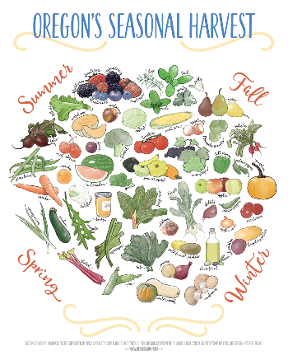
In Oregon, we are lucky to have an abundance of local food available all year round.
In the summer the juicy sweetness of strawberries, raspberries, blueberries, peaches and fresh veggies gives way to fall harvest of pears, apples, corn, tomatoes, squash and peppers.
In the winter you’ll find kale, carrots, turnips, onions, potatoes and other root crops along with the harvest of crab and seafood from Oregon Coastal waters.
We can celebrate and enjoy local food every month of the year. This week we will explore the Oregon fisheries and harvesting in the garden and learn about local farm stands and ways to preserve food.
The Pacific Northwest produces over 80% of the United States' pears.
Summer means harvest time in the garden. Gardeners and farmers grow delicious food that must be harvested. This means the produce is taken from the plant so it can be eaten. How do you know when it is time to harvest the different fruits and vegetables in your garden?
Let’s learn about harvesting with Hallie and the Stay at Home Harvest series:
Your Jr. Master Gardener Handbook has some fun vegetable harvesting activities in Chapter 7.
Hopefully, your basil plants are growing big! Here is some information about harvesting and storing basil:
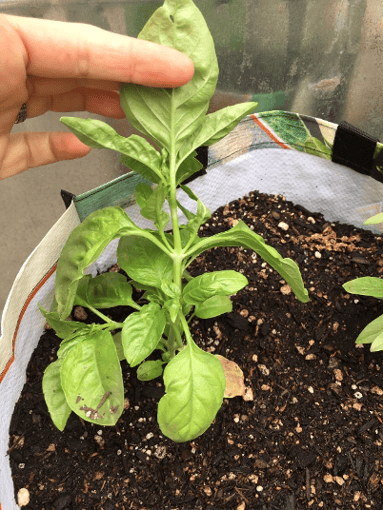 When to harvest: July- September
When to harvest: July- September
How to harvest: Wait until basil leaves are about three to six inches long and rich green or purple, depending on variety. Basil plants grow and produce leaves all summer, and picking encourages more growth. Harvest by picking a few leaves from each plant instead of all the leaves from one plant.
When flowers appear, pinch off the top three or four sets of leaves to remove the flowers. Getting rid of the flowers helps the plant send its energy into the leaves. Use the leaves that you pinched off as part of your harvest.
How to use and store basil: Basil is best right after harvest. Eat the leaves whole or chopped, and use them fresh, sautéed, or baked in many summer meals. Try it on homemade pizza!
Store fresh basil with its stems in a cup of water (like cut flowers) for up to seven days. Cover the basil with a plastic bag with holes poked in it, and keep it out of direct sunlight. You can also store basil leaves in a dry airtight plastic bag in the refrigerator for several days. At the end of the growing season, you can hang whole basil plants upside down to dry.
Nutrition facts: There is just one calorie in two teaspoons of chopped basil. Basil has small amounts of vitamins A and K, niacin, folic acid, and fiber.
The above information is from the crop-by-crop guide to harvest, storage and nutrition found in Chapter 6 of the Seed to Supper book. You can find harvest, storage, and nutrition information for a variety of vegetables and herbs in this resource.
The Oregon coast provides us with an abundance of fresh and healthy seafood like salmon, tuna, shrimp, crab and oysters. Fishing is an important part of the Oregon economy and supports many families who live in coastal areas of the state.
Watch this video to learn more about the Oregon fishing industry as part of our local food system.
The video above gives you a good idea about tuna fishing today in Oregon. But did you know that fishing for salmon has been a central part of the Native American culture in the Pacific Northwest throughout history? Wy-Kan-Ush-Pum means “Salmon People.” Salmon have been important to the indigenous people (native or earliest known people to live in an area) for thousands of years, and are just as important today. Explore these pages to learn more about fish and Native American culture.
Watch this video titled Tribal Fishing Runs Deep to see how ancient fishing techniques used by Native Americans are still part of the culture today.
Indigenous or First Peoples also gathered roots, seeds and berries of plants for food during the warm months. Wild huckleberries, salmonberries, chokecherries, camas root and fish were dried in the hot sun to preserve the food to eat during the winter months. You have probably eaten dried cranberries. Wild cranberries grew in the northwestern part of Oregon and were harvested by indigenous people who shared the fruit with early explorers. The cranberry is high in vitamin C and the naturally waxy coating allowed for long storage.
Let’s watch this video about cranberries to learn how they are grown and harvested today.
Cranberries, an important agricultural crop in Oregon, are grown in Coos and Curry counties near the coastal towns between Bandon and Port Orford. The mild weather, sandy soil and long growing season are perfect conditions for cranberries. Farmers also rely on bees to pollinate the crop.
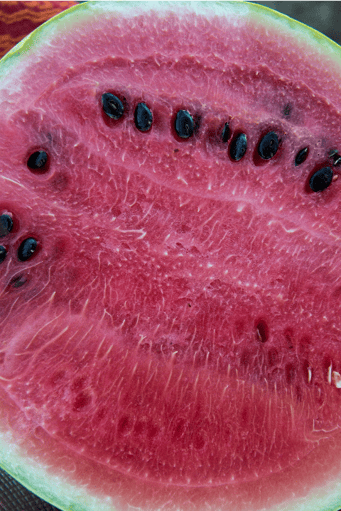 In addition to harvesting fruit and vegetables to eat, you can also harvest seeds from your garden. Seed saving is a way to collect seeds for free.
In addition to harvesting fruit and vegetables to eat, you can also harvest seeds from your garden. Seed saving is a way to collect seeds for free.
Save them this summer and fall and you can use them to plant your garden next year!
The next time you eat veggies that have seeds, such as tomatoes, peppers and watermelons, keep some of the seeds.
These seeds can be used to grow more of that same vegetable in your garden.
To learn more about seed saving check out this activity from Kids Gardening.
This seed saving chart tells you when to gather seed from easy annual vegetables and flowers and how to process them so that you can plant them next year.
You can also share your saved seed with friends and neighbors!
Photo Credit: Oregon State University, Lynn Ketchum
Did you ever wonder……… How high can a salmon jump? How large is the largest mushroom in the world?
For answers to these questions and more food facts visit Food Hero take a guess.
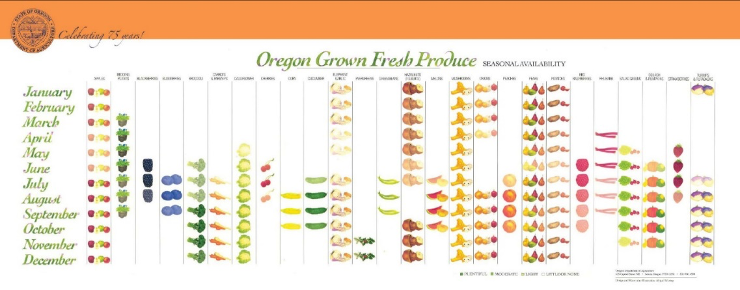
Did your family grow more than you can eat? Think about donating some of your extra produce to neighbors in need. The Josephine County Food Bank and most local food pantries accept donations of fresh garden produce.
You can find contact information here.
Remember to donate high quality produce, if you wouldn’t eat it, you probably shouldn’t donate it. Also, when harvesting produce for other people to eat it is important to take some basic food safety steps like washing your hands before harvesting, and using clean tools and containers for harvest and storage.
Here is a great resource with more information about garden food safety.
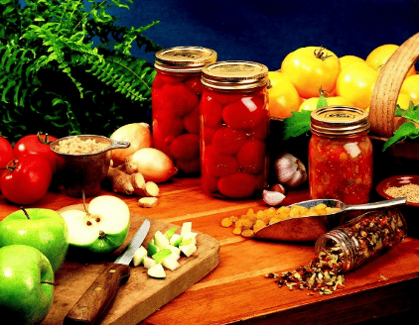 OSU Extension Master Food Preservation program has a number of publications that provide comprehensive information on food safety and preservation.
OSU Extension Master Food Preservation program has a number of publications that provide comprehensive information on food safety and preservation.
If you would like to preserve some of the summer harvest to enjoy later, look for safe, tested recipes and techniques for freezing, drying and canning foods, you can find everything here.
If you are new to food preservation start with drying fruit or making freezer jam. Always use a current up-to-date recipe and follow techniques and times given in recipes.
The Ball Blue Book is another trusted resource for food preservation – just be sure it is a current edition. Some of “grandmas’ favorites” or recipes you find on the internet are not always up-to-date with existing knowledge for food safety.
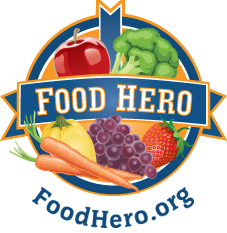 Check out these Food Hero newsletters with tips and recipes for using tuna and salmon and Oregon berries. Both types of fish are high in protein and omega 3 fats that promote heart health.
Check out these Food Hero newsletters with tips and recipes for using tuna and salmon and Oregon berries. Both types of fish are high in protein and omega 3 fats that promote heart health.
 The Grow This! Oregon Garden Challenge is a call to action to individuals, families, schools, community groups, and counties to come together around gardening.
The Grow This! Oregon Garden Challenge is a call to action to individuals, families, schools, community groups, and counties to come together around gardening.
Once a month throughout the growing season, you will receive an email with new ideas for growing, tips on harvesting, and recipes.
Please click the survey link below and provide your email address to sign up.
English: Grow This Email Sign Up
Spanish: ¡Cultiva Esto! Correo electrónico regístrate
You can also follow the Food Hero Facebook page, for weekly gardening videos and how-to handouts, and Facebook live events.
Be sure to check out the Rogue Local Flavor Guide that was in your healthy food activity kit for more information about farm stands in our area.
And don’t forget you can use your pandemic EBT funds to purchase local food at the Growers Market and other locations that accept EBT funds.
Read the fact sheet about the EBT card. You can learn more at - https://oregonhunger.org/covid-19.
